You might think that there is nothing going on in the vineyard in the winter season.
Well,… Read more!
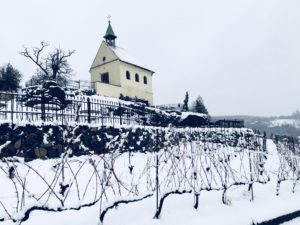
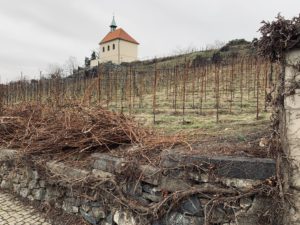
Work in the vineyard never stops. Or more precisely, work with the vines. Wine making is a year-round job, where most of that time is spent in the vineyard. Just because the harvest is over, it doesn’t mean that there isn’t any work to be done in the vineyard.
Ok, true is that the most intense part of it is happening from March to October (in the Northern hemisphere) and it is followed by the winter months when the plant goes dormant due to the colder months.
So, what determines the production of good quality wine? It is winter pruning!
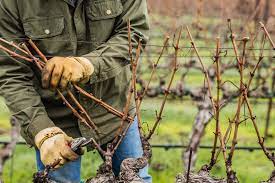
Across Europe all vine growers are starting it in January and finishing it in February.
It might not sound thrilling but it is very responsible work to do. It is crucial to select the right buds and their number which would be left on the vine for this year to define the quality of this wine. Vines are pruned significantly after each growing season (up to 80% of the previous year´s growth is removed). 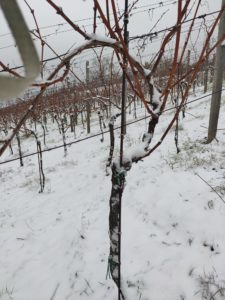
Spring is still a bit far away and we are not finished yet. The cut brush after the pruning is laid in the middle of the vine rows, where it can eventually decomposes into the soil. February is about work on the soil. The soil is ploughed and earthed-up and fertilized.
So the next time when you see vineyards covered with a snow in Prague or Bohemia, or anywhere else in the world, remember it just look quite on the surface, but there is still plenty of work to be done. Hopefully, rewarded with a fantastic vintage.


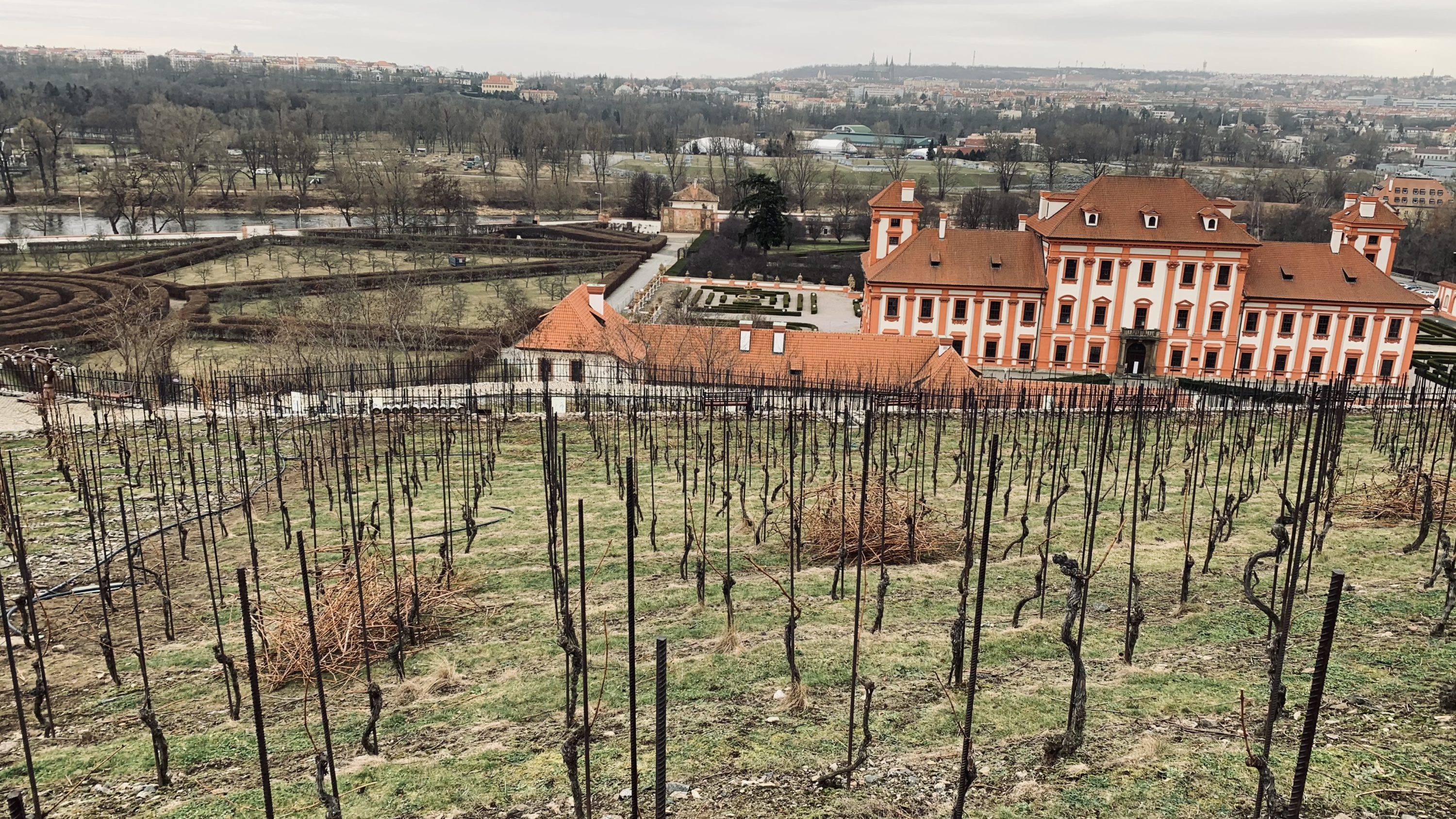
Thank you for your reading. Join the conversation by posting a comment.